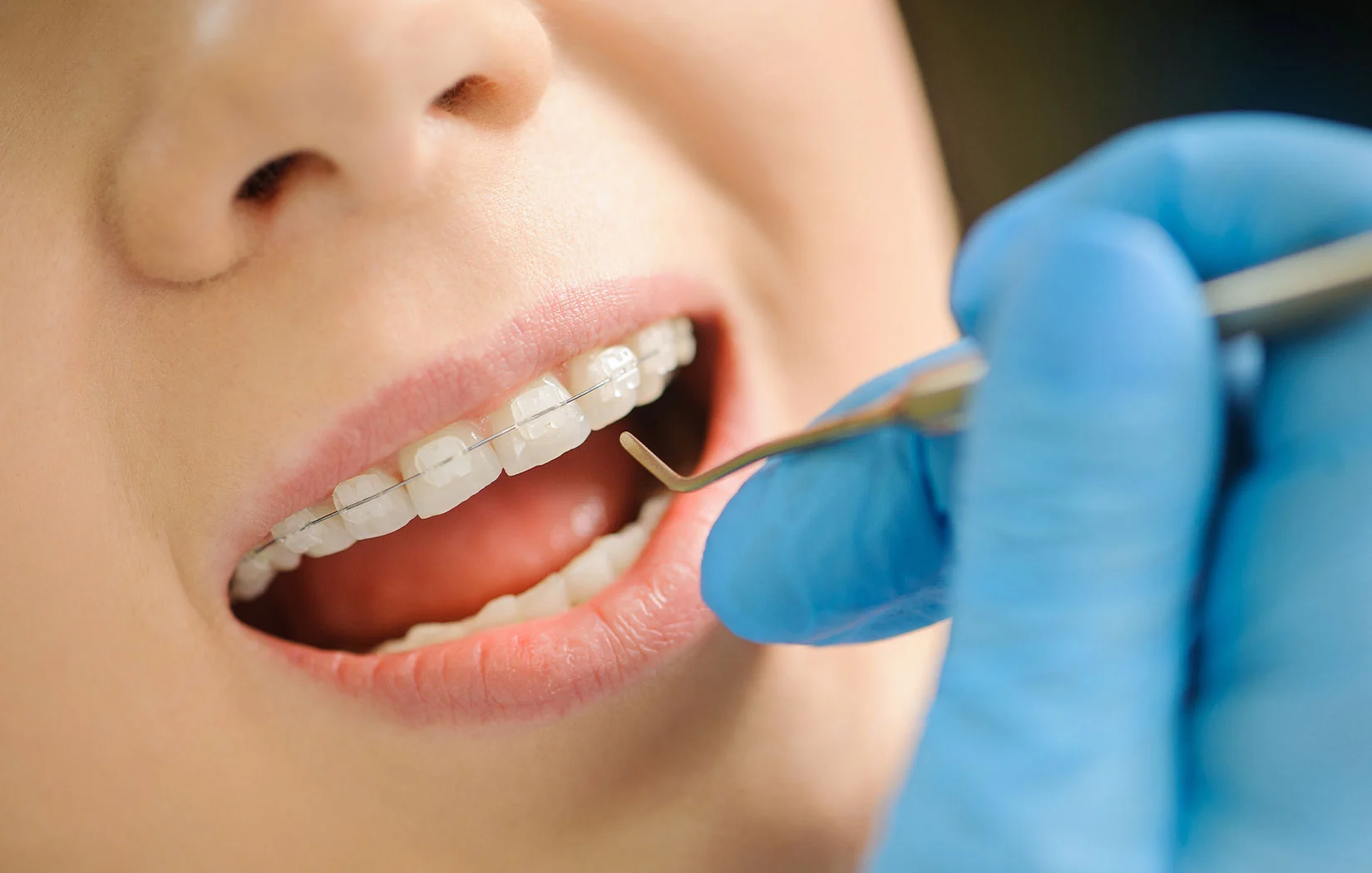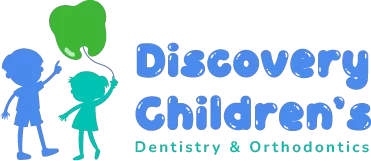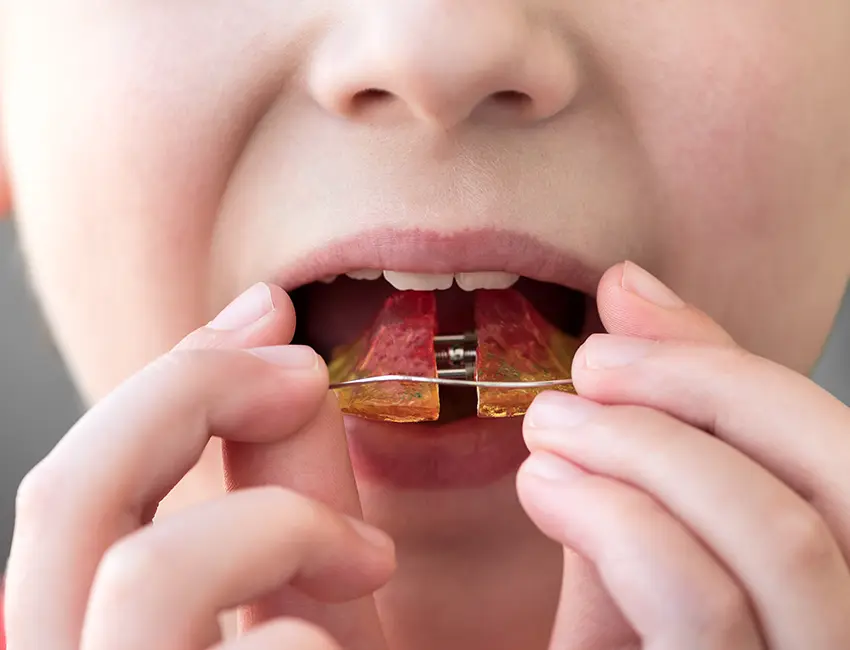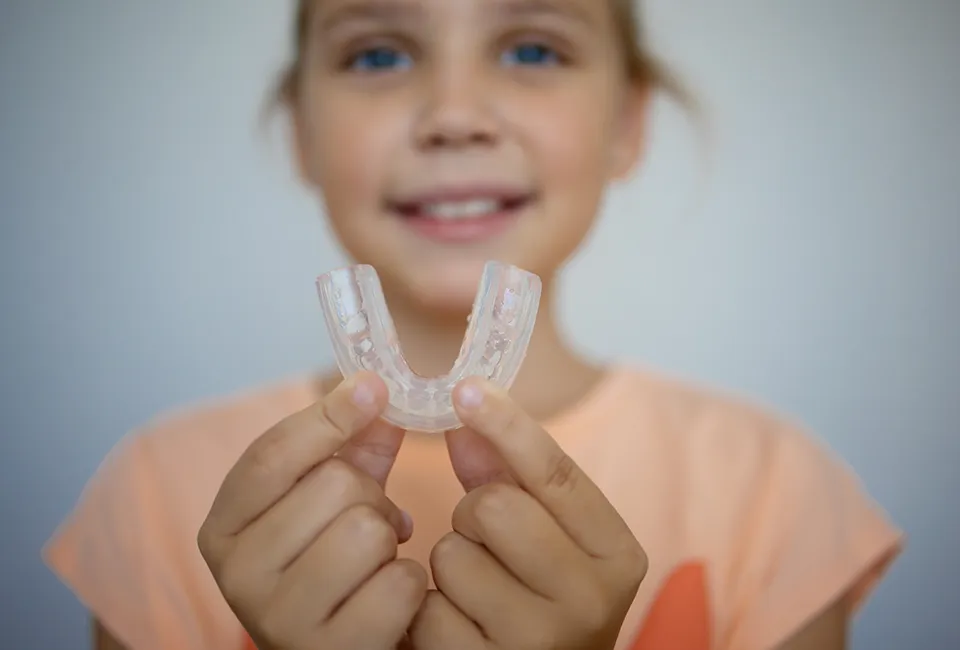- The Ideal Age for Braces
- Signs Your Child Might Need Braces
- Early Intervention vs. Waiting
- Types of Braces Available for Kids
- Understanding Treatment Timeline and Commitment
- Why Choose a Specialized Pediatric Practice?
- Life With Braces: Adapting to Change
- Why Choose Discovery Children’s Dentistry?
- Ready to Discuss Your Child’s Orthodontic Needs?
Estimated 6 minutes read time.
Have you noticed your child’s teeth aren’t quite lining up properly, or maybe they’re having trouble biting correctly? At Discovery Children’s Dentistry and Orthodontics in Carlsbad, we often hear from parents wondering about the perfect time to start orthodontic treatment. Understanding the timing of orthodontic care is crucial for achieving the best possible results for your child’s smile. Let’s explore when braces might be right for your child and what signs indicate it’s time to consider orthodontic treatment.
The Ideal Age for Braces
While there’s no one-size-fits-all answer, most children are ready for braces between ages 9 and 14. During this period, kids have most of their permanent teeth but their jaw is still growing, making it an optimal time for orthodontic correction. This developmental stage offers unique advantages for treatment success, as the bones are still malleable and more responsive to repositioning.
Our orthodontist in Carlsbad recommends early orthodontic evaluations around age 7, even if treatment won’t start immediately. This allows us to monitor development and plan the most effective treatment timeline. Early evaluations can identify potential issues before they become more serious, potentially reducing the complexity and duration of future treatment.
Signs Your Child Might Need Braces
Certain dental issues can signal the need for orthodontic intervention earlier rather than later. Crowded teeth, gaps between teeth, or bite problems often indicate that braces might be necessary. These issues can affect not only your child’s appearance but also their ability to speak clearly, chew properly, and maintain good oral hygiene.
Parents should also watch for signs like difficulty chewing, mouth breathing, or thumb sucking past age five, as these habits can affect dental development and might require orthodontic attention. Additionally, if your child frequently bites their cheeks, experiences jaw pain, or has teeth that don’t meet properly when closing their mouth, these could be indicators that orthodontic evaluation is needed.
Early Intervention vs. Waiting
Sometimes, starting treatment early can prevent more serious problems down the road. This approach, called interceptive orthodontics, might involve using spacers or other devices before traditional braces. Early intervention can guide jaw growth, create space for incoming teeth, and reduce the risk of trauma to protruding front teeth.
However, waiting can be beneficial in some cases, allowing all permanent teeth to emerge naturally. Every child’s development follows a unique timeline, and forcing treatment too early might result in longer treatment times or the need for additional treatment later. The key is following your orthodontist’s personalized recommendation based on your child’s specific situation and developmental patterns.
Types of Braces Available for Kids
Today’s orthodontic options extend far beyond traditional metal braces. Modern treatments include ceramic braces, clear aligners, and other innovative solutions that can make the process more comfortable and aesthetically pleasing. These options give children and families more choices in balancing effectiveness, appearance, and lifestyle considerations.
Each option has its advantages and considerations, particularly when it comes to treating young patients. Traditional metal braces might be more appropriate for complex corrections, while clear aligners might work better for older teens with good compliance. The best choice depends on factors like your child’s age, specific dental issues, lifestyle, and ability to maintain proper oral hygiene during treatment.

Understanding Treatment Timeline and Commitment
The duration of orthodontic treatment varies significantly depending on the complexity of the case and the chosen treatment method. Most patients wear braces for 18 to 24 months, though some may need them for longer or shorter periods. During this time, regular adjustments and check-ups are essential for ensuring treatment progresses as planned.
Successful orthodontic treatment requires commitment from both parents and children. This includes maintaining excellent oral hygiene, following dietary restrictions, and keeping all scheduled appointments. Understanding these responsibilities helps families prepare for the journey ahead.
Why Choose a Specialized Pediatric Practice?
Selecting the right provider for your child’s orthodontic journey makes a significant difference. Here’s why specialized care matters:
- Pediatric dental specialists understand both orthodontic needs and child development, ensuring treatment plans account for growth patterns and developmental stages. Their expertise helps create more effective, efficient treatment plans tailored to each child’s unique needs.
- Child-focused practices offer environments designed to make young patients comfortable during longer orthodontic appointments. From the waiting area to the treatment rooms, every aspect is designed with children in mind.
- Specialized teams have experience managing anxiety and behavioral challenges that might arise during orthodontic treatment. They use age-appropriate communication techniques and understand how to make the experience positive for young patients.
- Communication approaches are tailored to help children understand and participate in their treatment process. This involvement helps create better compliance and more successful outcomes.
Life With Braces: Adapting to Change
The transition to life with braces requires some adjustment, but most children adapt quickly with proper support and guidance. Maintaining good oral hygiene becomes even more important, requiring additional time and attention to cleaning around brackets and wires. Special tools like interdental brushes and water flossers can help make this task easier.
Dietary modifications are also necessary to protect the orthodontic appliances. Hard, sticky, or chewy foods should be avoided to prevent damage to the braces. While these changes might seem challenging at first, they’re temporary and essential for achieving the best possible results.
Why Choose Discovery Children’s Dentistry and Orthodontics?
At Discovery Children’s Dentistry and Orthodontics, we take a comprehensive approach to orthodontic evaluation and treatment planning. Our team understands that starting braces is a significant decision for families, and we’re here to guide you through every step of the process with expertise and care. We combine the latest orthodontic technology with compassionate, personalized care to ensure the best possible experience for your child.
Ready to Discuss Your Child’s Orthodontic Needs?
Schedule a consultation at Discovery Children’s Dentistry and Orthodontics in Carlsbad today to discuss your child’s orthodontic options. Our friendly team will help you understand the best timing for treatment and create a plan that works for your family’s needs. Let us help your child achieve a confident, healthy smile that will last a lifetime.




